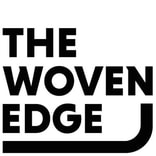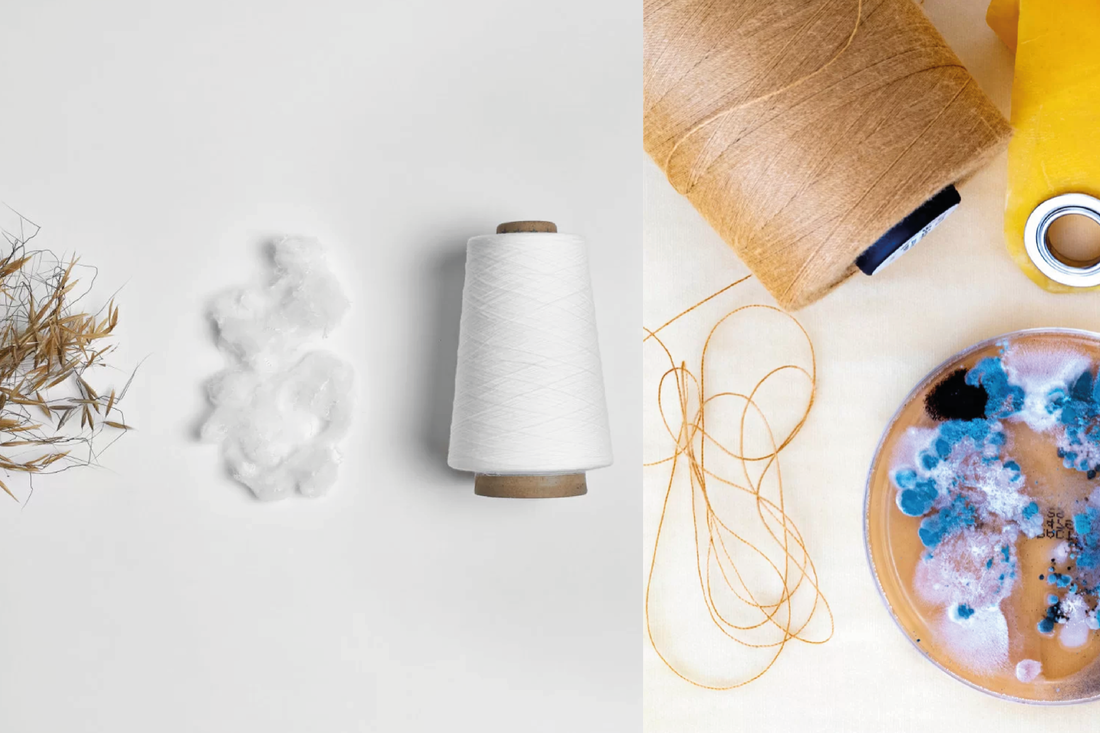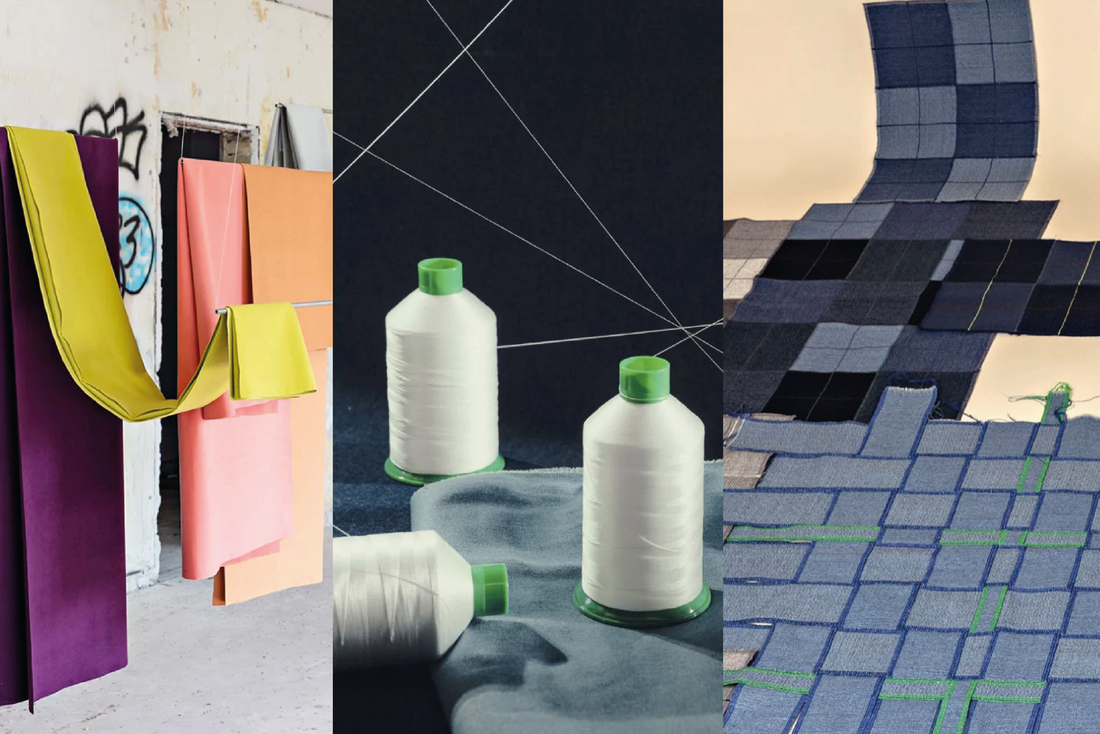The Woven Edge design team visit the latest exhibitions, including the all inspiring Heimtextil and Domotex to gather the latest pattern and colour trends as well as giving us access to the latest weaving and printing technology. This years trends for 2024 and venturing into 2025 is about approaching the future of textiles with a ‘New Sensitivity’. This means to consider the impact of something when making a purchasing decision or manufacturing a product. We need to take on a sensitive way of thinking and to consider our relationship with each other, technology, and nature, seeing them as linked functions that impact one another. Specifically highlighted at Heimtex, ‘New Sensitivity’ is emerging in home textiles through three different approaches: 'Plant-based', 'Bioengineered', and 'Technological Textiles'. All three directions show different pathways towards a more compassionate world of textiles. 1. PLANT BASED TEXTILESThis focus area concentrates on utilising fibres that derive from something that grows rather than being synthetically produced. The sustainable advantage being that their origin is natural. Textiles can be made from plant crops such as cactus, jute and seaweed or made of plant by products which are leftover raw materials from production. Imagery courtesy of Heimtextil. https://heimtextil.messefrankfurt.com/ 2. BIO ENGINEERED TEXTILESBio engineering bridges nature and technology, transforming the way that textiles are made. Fully bio engineered textiles adopt more nature inspired strategies during production and can be made from protein, carbohydrates in corn, grass and cane sugar or bacteria. Biodegradable fibres can then be added to conventional textiles like polyester to enhance their ability to revert back to materials found in nature. Imagery courtesy of Heimtextil. https://heimtextil.messefrankfurt.com/ 3. TECHNOLOGICAL TEXTILESTechnology can help to support the transformation of textiles through using different methods, for example, both up-cycling and recycling textiles, textile construction and textile design as well as developing new technologies for recycling textile waste. ‘Textile Design Thinking’ is another method that addresses critical issues such as energy usage or durability of natural fibres and enhances these through technological textile advancement. Imagery courtesy of Heimtextil. https://heimtextil.messefrankfurt.com/ So how do these future trends relate back to the Woven Edge collection of rugs, runners and carpets?The design team continue to develop and future proof our luxury flooring range through forward thinking on both design and in store display. Through valued customer feedback, we have evolved what we offer to our retail partners to help keep that creative process but simplified through careful curation of the product that we offer. An example of this is our 'Rug in a Box' package, showcasing the very best flatweave and luxury wool pile flooring that can be ordered as a carpet or cut to size and finished as a rug or runner. Also, with our made to order, hand tufted pattern range of rugs, we are only producing a product per order thus avoiding any wastage of old stock. Similarly our stunning hand knotted blends range made from 100% wool are individually cut to size and finished as a rug or runner. If you're not already a stockist of the Woven Edge range of custom made rugs, runners and carpets and you that think we'd make the perfect partnership, then get in touch on email at [email protected]
#designedtobedifferent www.instagram.com/thewovenedge/
0 Comments
|
Archives
January 2024
Categories
All
|
|
Contact The Woven Edge Head Office
Digital House Stourport Road Kidderminster Worcestershire DY11 7QH Tel :01562 215115 |
|








 RSS Feed
RSS Feed
